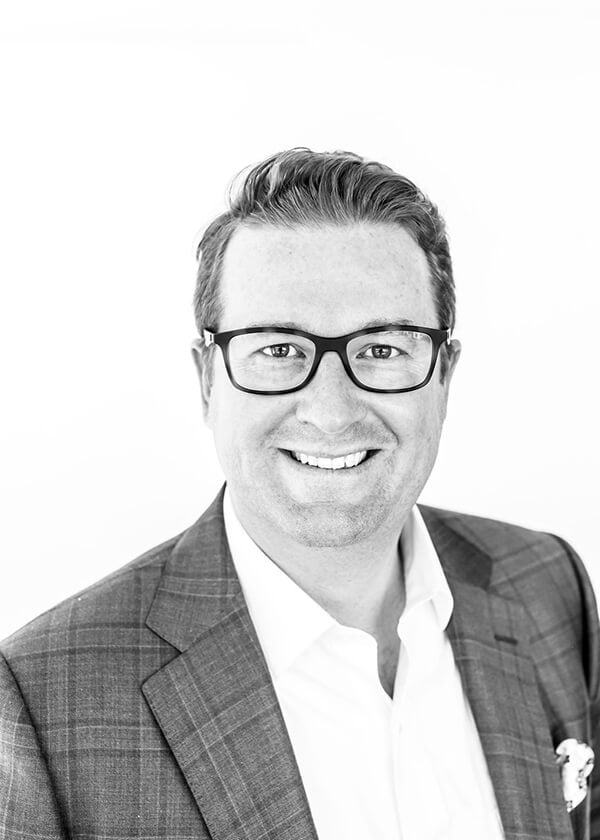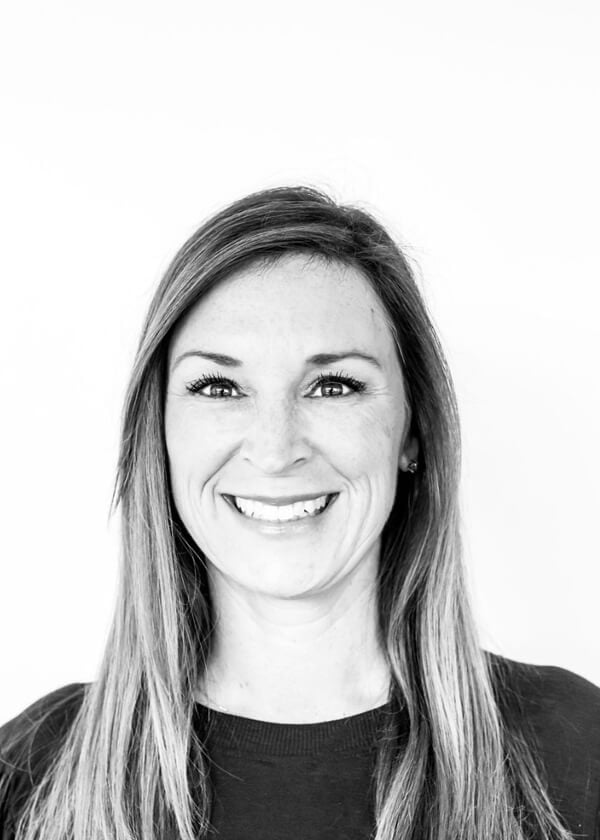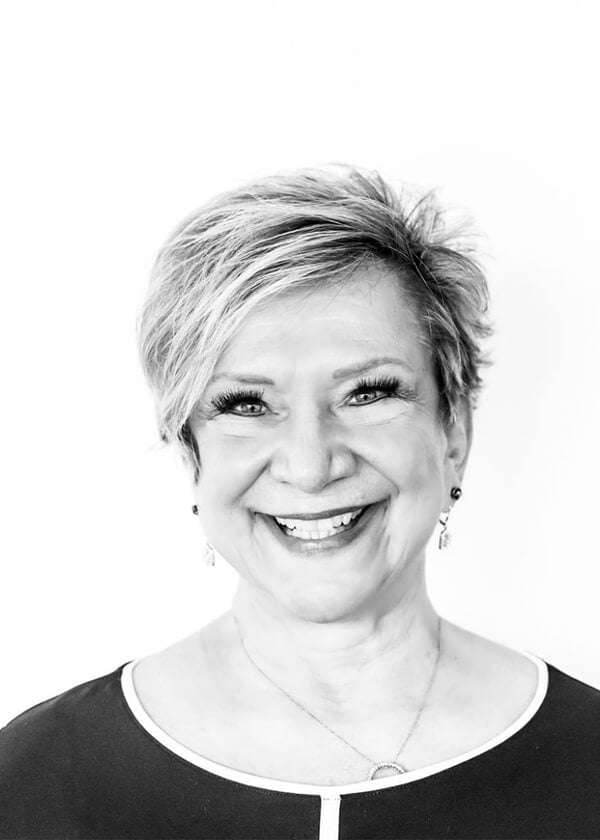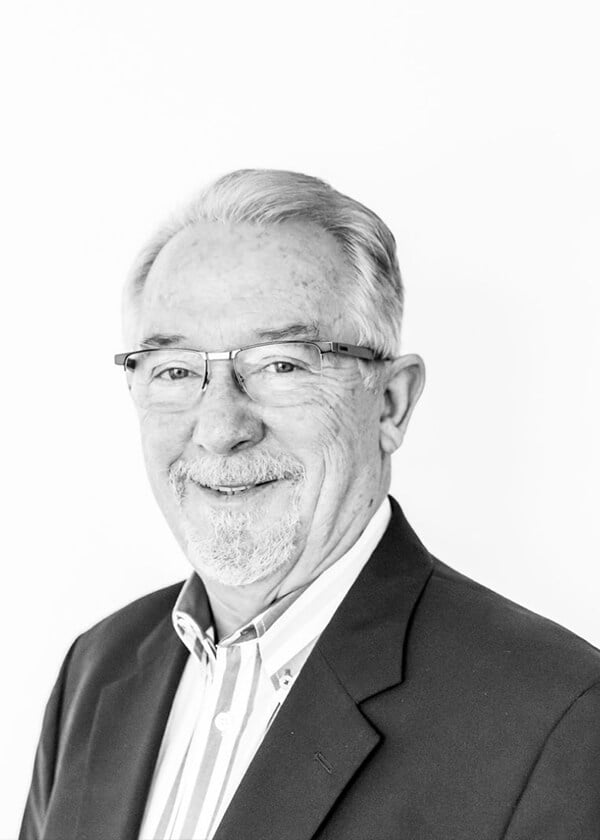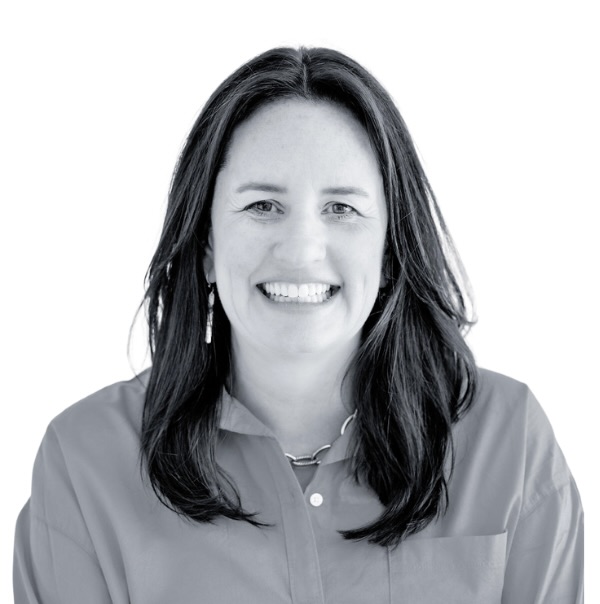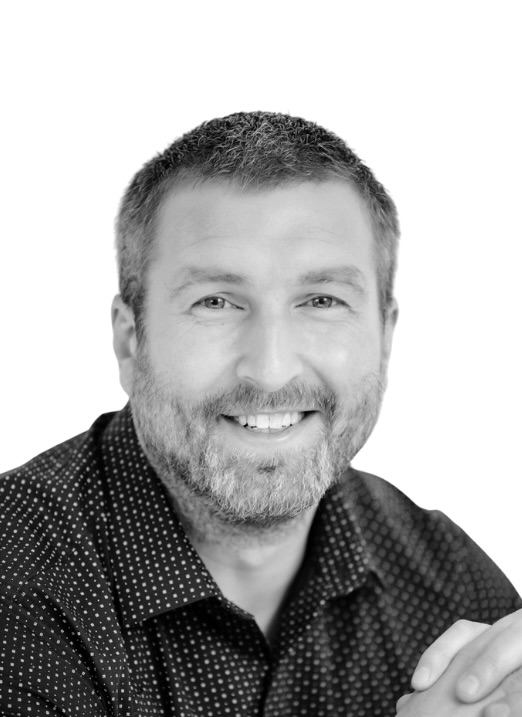Partner with Our Realtors in NKY
Oyler Hines of Coldwell Banker - Kentucky
Empowering Your Real Estate Journey: Transforming Dreams into Reality with Oyler Hines' Unrivaled Expertise and Tailored Strategies. Navigating the Complex Landscape of Greater Cincinnati, from the Vibrancy of Downtown to the Tranquility of Northern Kentucky, Our #1 Real Estate Team Ensures Your Success with a Commitment to Excellence and a Personalized Approach that Goes Beyond Expectations.
Monday: Open 24 hours
Tuesday: Open 24 hours
Wednesday: Open 24 hours
Thursday: Open 24 hours
Friday: Open 24 hours
Saturday: Open 24 hours
Sunday: Open 24 hours
Meet the who, behind the why
New on the market
We've got all the answers
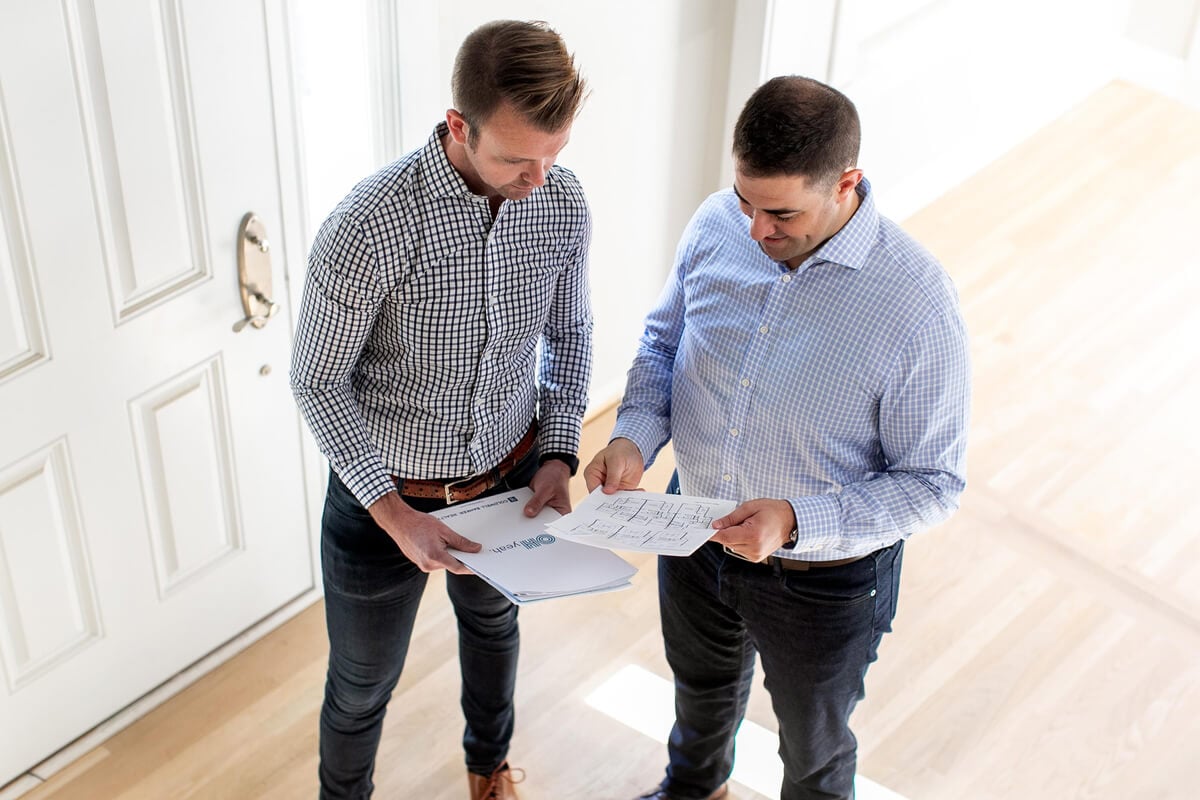
This is probably the most common question that we hear about building a new home AND it has changed throughout the course of the pandemic and supply chain issues. For most builders, homes take between 8 and 12 months to build. Some builders might be quicker than others because of their captive sub base or based on the amount of jobs they have. This does not include the architectural design and permit part of the process, which can take anywhere from 30 days (if the plans are complete or just being tweaked) to 120 days. Ask your builder and their team so you can get an accurate timeline for your project.
Yes, there is a wide range of builder types and categories. AND, to make it even more confusing, a builder can float between a few different categories. To make it simple though, we like to break builders into three different categories:
Production Builders: These are your volume based builders, which can build 50+ homes a year. They typically build in specific communities (not necessary off-site) and have a variety of home plans to choose from.
Semi-custom Builders: Also known as Semi-production, these types of builders tend to offer a little more customization when it comes to plans and selections. They have their process and model, but might give you the leeway to change a plan or bring an outside selection in. They typically build anywhere from 20-75 homes per year.
Custom Builders: There's no restriction with most custom builders. In fact, we like to call these builders the "start from scratch option." They craft your vision by offering guidance and direction. Many custom builders have plans for inspiration (or as a starting point) while others have you sit down with an architect to design your home right in front of your eyes. Typically, custom homes come with a higher price and a little more ambiguity because the parameters aren't identified on day one.
Keep in mind that many builders don't fit perfectly into any category so interview each builder based on what you're looking for to see who might be the best fit.
Selections typically work in one of two ways: Pre-selected items or Allowance Based.
Pre-selection Options: Typically, production and semi-custom builders have pre-identified items that they have selections for a home. They might have options within each category. For instance, they may have several different faucet options or tile options. You can pick and choose what works best for you depending on what is included. There may be a good, better, and best option and the pricing fluctuates. This can be a profit center for builders so keep that in mind.
Allowances: This option is more of a cash based system. Each builder may handle allowances a bit different, but the main idea remains intact: a builder will give you a bucket of money to select a category from a vendor. Typically, they have specific vendors and suppliers that you must choose from, which isn't a bad thing. Here's an example: You have $10,000 to use at Custom Distributors for Appliances. If you go below, you can most likely use the funds elsewhere, but if you go over, you will have to pay more at the end.
Disclosure: Custom Distributors is a local (Cincinnati) Appliance Vendor that we (Oyler Hines) and many of our builders use.
It's best to consult your mortgage broker or banker for in-depth advice here since there are hundreds of different nuances with mortgages and you should find the best one for you. BUT, there are two types of loans we see most often with new construction.
End Loans are loans that you secure when a home is complete. A builder would carry the construction loan and you would close at the end of construction just like a typical existing home. End Loans are most typical for production based builders as they carry the initial financing.
Construction Loans are obtained at the start of construction. This loan is used to build the home in a draw process, meaning the builder requires periodic draw payments from the bank to pay for construction. For instance, at the end of the foundation period, the builder would submit a request to the bank to pay for all of the materials, contractors, etc. that it took to put the foundation in. At the end of construction, these loans can roll into a permanent loan or you may need to refinance. These aren't as scary as they sound and most common when building a custom home.
A great home starts with a great lot...well, and a great set of plans. But you have to start with a lot. We, at Oyler Hines, actually built our business by finding our clients incredible building opportunities whether it be a 5 acre lot in Indian Hill or 50' wide lot in Hyde Park. Typically, these don't always go through MLS so you have to keep an eye out on many levels: MLS, Builder Networking, Visit Developer and Builder Websites, and maybe even sending letters.
Or make it easy on yourself and reach out to us. We tend to know about most opportunities in Cincinnati as we have a land acquisition team dedicated to finding great lots.
The next step
Not sure if now's the right time to buy or sell? Need a reliable contractor? We'd love to get to know more about you and your needs! Feel free to use any of the options here to get in contact with us!


